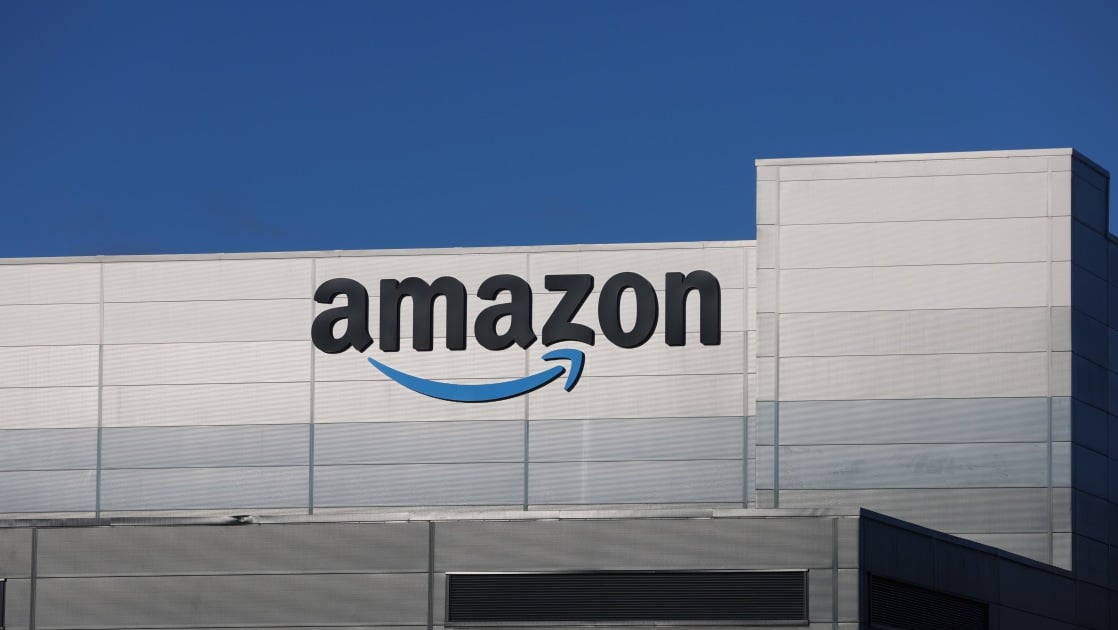The End of an Era: Amazon Pulls the Plug on Its Android Appstore

In a significant shift for digital entertainment, a prominent Google Play Store rival is set to wind down its standalone service on August 20th. However, fans of the platform can breathe a sigh of relief, as the service will continue to live on through Amazon's ecosystem of Fire TVs and Fire Tablets.
This strategic transition ensures that users won't completely lose access to their favorite content, instead finding a new home within Amazon's robust digital marketplace. The move represents a smart adaptation in the ever-evolving landscape of digital media distribution, allowing the platform to maintain its presence while streamlining its operational approach.
While the standalone service may be coming to an end, the underlying content and user experience will seamlessly transfer to Amazon's well-established devices, promising continuity for loyal users and minimal disruption to their digital entertainment experience.

